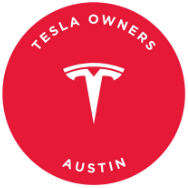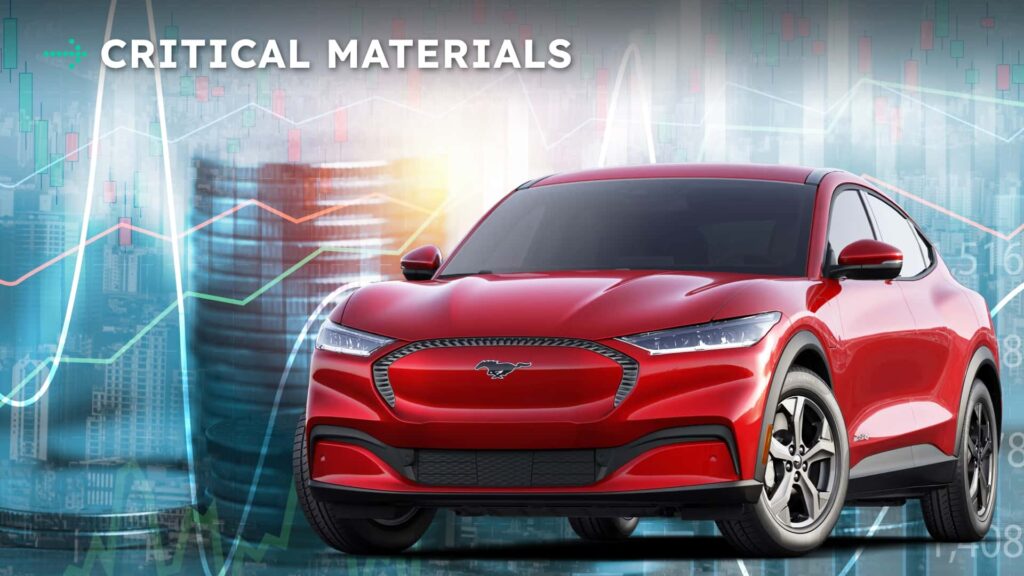The recent passing of President Donald Trump’s Big Beautiful Bill in the Senate has stirred up a lot of controversy, especially in the EV industry. The bill includes language that would officially end the EV tax credits, both for used and new vehicles. This has sparked concern among dealerships and automakers, as the tax credits have been a significant incentive for buyers to invest in electric vehicles.
Initially, the bill proposed ending the EV tax credit within 180 days of its passing. However, the revised version now sets a deadline of September 30 for the program to end. This has raised alarm bells among industry players and advocates, who fear that the abrupt end of the tax credit could severely impact the growth of the EV market in the U.S.
While some dealerships and automakers are lobbying Congress to reconsider the decision, others believe that the market has matured enough to stand on its own without the need for incentives. They argue that the focus should shift towards investing in other aspects of EV infrastructure rather than relying solely on tax credits to drive sales.
On the other side of the world, in China, the EV brand Zeekr has taken a different approach by retooling its EV platform to accommodate a gas engine. This move towards hybrids and extended-range EVs reflects a broader trend in the global automotive industry towards diversifying powertrain options.
As the deadline for the EV tax credit looms closer, many potential buyers are rushing to make their purchases before the incentives dry up. This urgency has created a sense of uncertainty and unease in the market, with consumers and industry players alike wondering about the future of electric mobility in the U.S.
In conclusion, the debate over the EV tax credit and the evolving landscape of the automotive industry highlight the complex challenges and opportunities facing the transition to electric vehicles. As the industry navigates these changes, it will be crucial to strike a balance between incentivizing adoption and investing in sustainable infrastructure for a cleaner and greener future.

